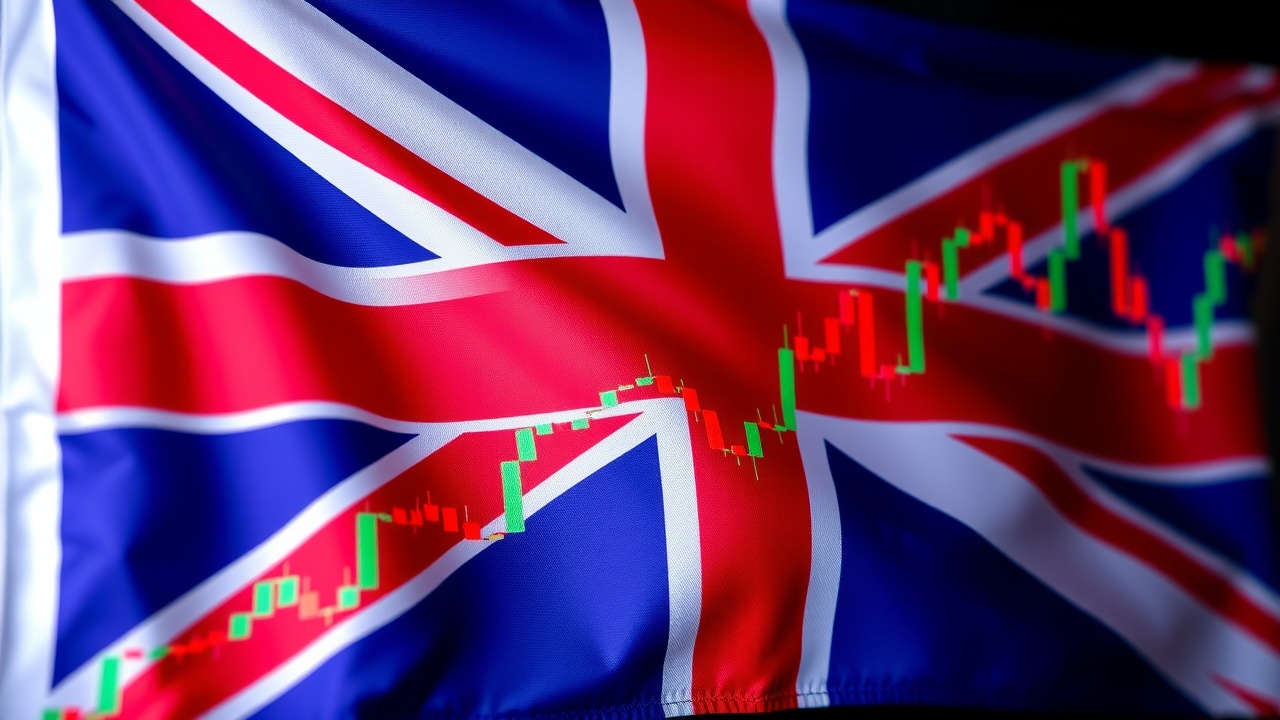
Continuing its winning run, the UK's primary stock market index ended the day marginally higher
What factors have influenced the FTSE 100's performance?
Today, the FTSE 100 ended the day up 0.37%, indicating gains for the thirteenth straight trading session. Since early 2017, the index has had its best run.
The blue-chip index has had a respectable year thus far, greatly outperforming its US counterpart, despite being disrupted earlier this month by tariffs. The FTSE 100 was up 31.9 percent so far this year as of the market close on April 30. Over the same time frame, the SandP 500 is currently down about 6%.
"The Trump trade shock has subsided and with tariffs on the back burner for now, optimism is pulsing through the markets, helped by a raft of corporate results surprising on the upside," Susannah Streeter, head of money and markets at Hargreaves Lansdown, said in response to the FTSE's recent run of gains.
The top FTSE 100 gainers, she continued, have been a "mixed bag, demonstrating how the new-found confidence is lifting multiple sectors."
Additionally, the perception of the UK market as a relatively stable environment is growing.
Since the UK and the US don't normally have a trade deficit, Trump hasn't singled it out for higher tariffs. Instead, the 10% "baseline" tariff that is applied as a minimum in practically every region has caught it.
The European Union, which was threatened with a 20 percent levy (now paused for 90 days), seems to be more protected than the United Kingdom. China was hit with an effective tariff rate of 145 percent, while other Asian nations were threatened with tariffs of up to 50 percent.
The most recent gains indicate that the FTSE has now regained the majority of the losses sustained following the global market crash caused by Trump's tariffs on April 2.
Furthermore, the UK market may present alluring income and valuation prospects.
Following Brexit, the UK market has lost popularity and is currently trading below US stocks. According to Bloomberg data, the FTSE 100's price-to-earnings ratio is approximately 12.5, whereas the S&P 500 appears more costly at 23.8.
Stock market rotation could help the UK market as investors grow pessimistic about the outlook for US stocks.
When it comes to producing investment income, UK stocks have a solid track record. Some alluring dividend stocks can be found in the FTSE 100. During times of volatility, dividends can provide a useful buffer against losses in share price.
Even though the first quarter of 2025 saw a 4 point 6 percent decrease in total dividend payments compared to the same period last year, UK companies still gave investors a total of 14 billion. Computershare, a stock transfer company, predicts that the UK market as a whole will yield 3 to 7% over the next 12 months.
UK stocks: big-cap stocks versus small- and mid-cap stocks.
In reality, the FTSE 100 is more globally exposed than other indices, such as the FTSE 250, despite being the primary market index for the UK. This is due to the fact that the majority of the businesses included in the index are global in scope, receiving their revenue from all over the world.
Since small and mid-cap companies are more exposed to the domestic economy than their large-cap counterparts, they may benefit more from a trade agreement between the US and the UK if it is still possible.
A trade agreement would probably lead to "the removal of most, if not all, of the current 10 percent reciprocal tariffs," according to a report released this week by William Crighton and Iain Scouller, research analysts at Stifel.
When compared to exporters in other nations that are subject to higher tariffs, they think that UK exporters may see an increase in their earnings as a result.
We believe that many UK mid and small caps have more focused businesses, and those with significant exports to the USA stand to benefit from the clarity provided by a trade deal, they added, "while large FTSE 100 companies tend to have sprawling businesses with lots of moving parts and many factors influencing their share prices."
In recent years, small and mid-cap companies in the UK have underperformed the large-cap market; they may be more affected by domestic headwinds such as the recent hike in employers' National Insurance contributions.
A FTSE 350 tracker fund provides exposure to both the mid-cap FTSE 250 and the large-cap FTSE 100 index, making it a viable option for investors seeking to hedge their bets with exposure across a variety of market caps.
An FTSE All-Share tracker, which combines the FTSE 100, FTSE 250, and FTSE Small Cap indices, may be an option for investors who wish to include some small caps in their portfolio. This is equivalent to 9899% of the UK market capitalization.














Leave a comment on: Should you buy UK stocks as the FTSE 100 continues its longest winning run in eight years?